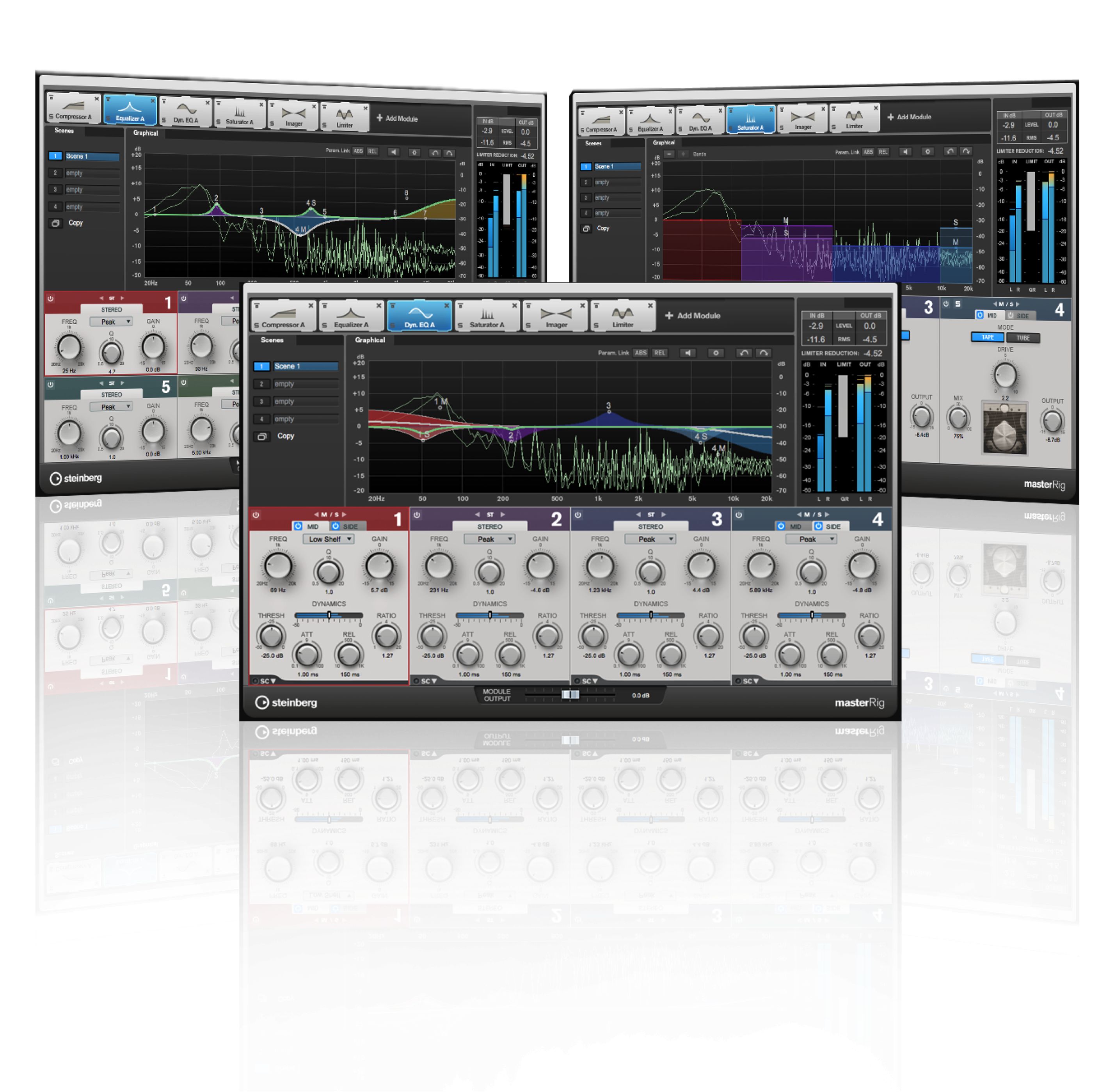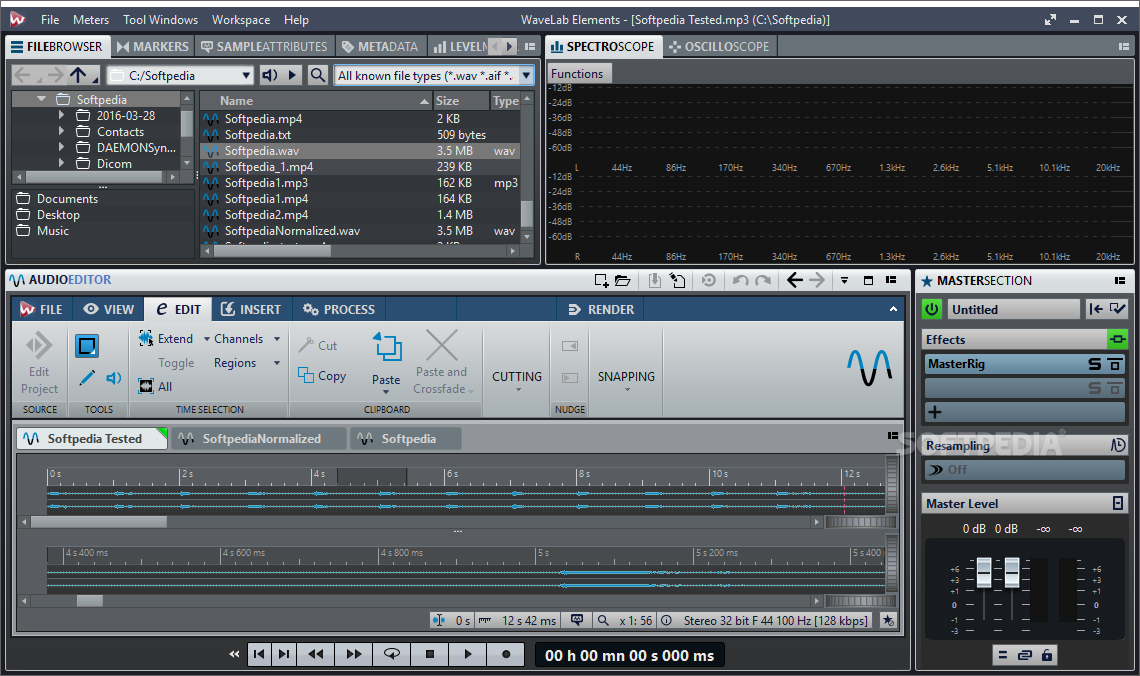| Developer(s) | Steinberg |
|---|---|
| Stable release | |
| Written in | C/C++ |
| Operating system | Microsoft Windows, macOS |
| Available in | English, German, French, Spanish, Italian, Japanese |
| Type | Digital audio editor |
| License | Proprietary |
| Website | new.steinberg.net/wavelab/ |
Download WaveLab LE 8.0.3.698 from our website for free. The most popular versions of the program 8.0, 7.2 and 7.1. The program is sometimes referred to as 'WaveLab Lite'. Our built-in antivirus checked this download and rated it as 100% safe. When comparing Cubase 10.5 vs Reaper, the Slant community recommends Reaper for most people. In the question 'What are the best DAWs? ' Reaper is ranked 1st while Cubase 10.5 is ranked 4th.
WaveLab Netbull keylogger crack download. is a digital audio editor and recording computer software application for Windows and macOS, created by Steinberg. WaveLab was started in 1995 and it is mainly the work of one programmer, Philippe Goutier.[1]
Audio can be edited as a single file, a series of files or a multitrack 'montage'. It fully supports VST 2 and 3 plugins for audio processing. Cut-down versions of WaveLab are available as WaveLab Elements and WaveLab LE.
Features and usage[edit]
Steinberg Cubase LE and WaveLab LE. Handy Recorders: H6, H5, H4n Pro, H2n, and H1n. MultiTrack Field Recorders: F8 and F6. Steinberg Cubase LE and WaveLab Cast. Handy Recorder: H8. Steinberg Cubase LE. Guitar / Bass Pedals: G5n Multi-Track Recorders: R24, R16, and R8 Audio Interfaces: UAC-2, UAC-8, and GCE-3. Steinberg WaveLab Cast. WaveLab’s built-in MasterRig processors – EQs, dynamics, saturators and so-on – can all operate in stereo or mid-side modes. This makes them ideal for mastering, and is another key feature that make the program so much better for mastering than a conventional DAW. A general note now, on loudness specifications. A peak file (extension.gpk) is automatically created by WaveLab LE each time an audio file is modified or opened in WaveLab LE for the first time. The peak file contains information about the waveform and determines how it is drawn in the wave window or the montage window.

In addition to recording audio from multiple sources, WaveLab can be used for post-processing of all types of audio. It is popularly used for mastering audio,[2] but also facilitates basic usage such as editing podcasts.

- Single-window dockable user interface with multiple themes, fully scalable
- Maximum sample rate of 384 kHz and bit rate of 32-bit floating point
- Encodes, imports and allows editing metadata of various file formats such as WAV, FLAC, OGG, AIFF, MP3 and AAC
- DDP (Disc Description Protocol) and included shareable DDP Player
- Offline loudness analysis (EBU-compliant)
- Extensive batch processing features and scripting
- Render button to render changes to sound files while they are playing
- Spectrum Editor with various display settings and editing tools
- 'Audio Inpainting' to recreate missing content by analyzing the surrounding area
- Visualizers such as a spectrometer, phase scope and wave scope
- Real-time spectrogram for playback and monitored signals
- Mid/Side viewing, processing and editing
- Modern time-stretching and pitch-shifting algorithms
- Folder watching for automatic offline processing
- Full integration of external effects hardware
- Master Section with effect slots, re-sampling, master level, final effects/dithering, playback processing and speaker configuration
- Direct exchange and ASIO driver sharing with Cubase and Nuendo
- Various effects and processors including the MasterRig and RestoreRig plug-in bundles, and offline processors
See also[edit]
References[edit]
- ^'Steinberg Wavelab v4'. Sound On Sound. May 2002. Archived from the original on 8 June 2015.
- ^Willings, Sam (2019-10-15). 'Steinberg announce availability of WaveLab 10'. MusicTech. Retrieved 2019-12-03.
Cubase Le Software
External links[edit]

- Steinberg - The software company that developed WaveLab
- Steinberg Wavelab v2 Sound On Sound review (archive.org)
- Steinberg offers free versions of Cubase WaveLab and more in its #StayHome Elements bundle
As a one man [video] band I am having to take sound seriously as these days the cameraman does sound as well. Most of my work is documentaties, interviews, conferences where it is a couple of audio tracks (and some premixed intro-exit music). The times a band has been involved it was a single mono feed from the mixing desk. The band was incidental to the main subject. I work in Final Cut Pro X and use Audacity for any separate audio processing.
However to expand my capabilities I now have a Zoom F4. This came with Cubase LE and WaveLab LE. They seem to have a lot of overlap and seem to be aimed at musical bands rather then what I do.
The question is: which would be the better one for me to learn and use for cleaning up 1-6 channels of audio and occasional *very basic* sound mixing.
Thanks and sorry if the answer is blindingly obvious to those who are used to the packages. (I came this way from still photography which has no audio)
Cubase Le Vs Wavelab Learning

Cubase Le Vs Wavelab Le Software
Chris